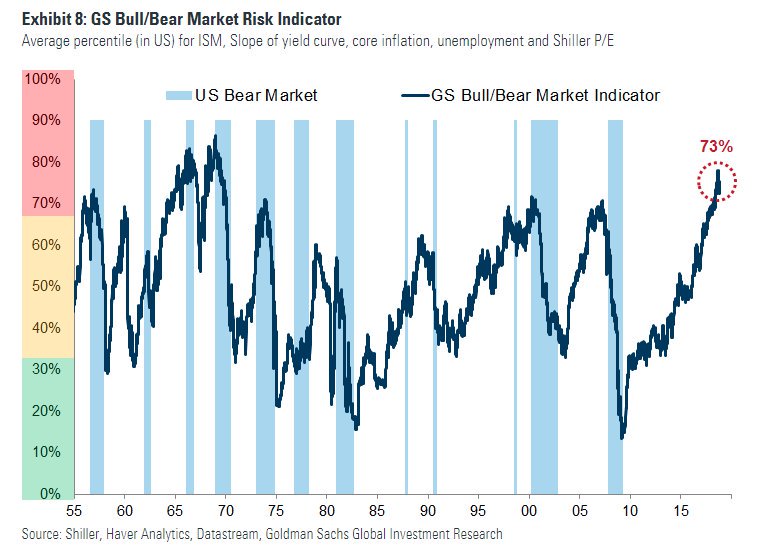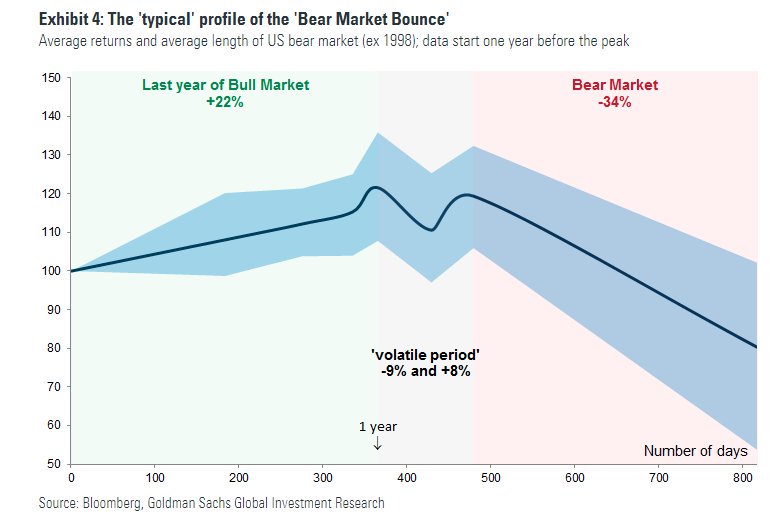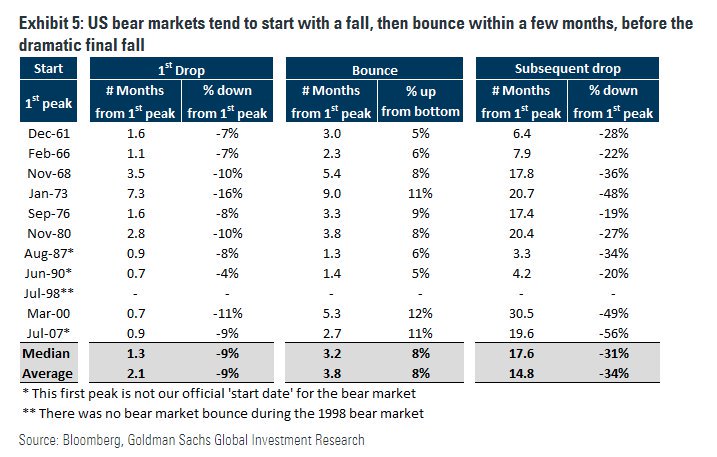
1/ Since "liquidity" has been the buzzword these days, here's an anecdote and a powerful lesson from history about printing unlimited amounts of money. Story time. #fintwit





More from Dinesh Sairam
This thread is for investors or those who are interested in CDSL as an investment. Often the central reason quoted for an investment here is the gush of FCF the business produces and some float money also to boot. But this argument ignores a central problem as well. (1/11)
I completely agree that CDSL is a business that produces ample amount of Free Cash. So, it begs the question: "What are they doing with all that cash?" Generally, firms can utilize the cash on their books in 4 ways: Dividends, Acquisitions, Capex/Investments and Buybacks. (2/11)
CDSL does have a Dividend Payout Ratio of ~35-40%. But Dividends are the least efficient way of utilizing cash, due to the Triple Taxation on Dividends. More
Handled well, Inorganic Growth is so lucrative that some companies build their business models around acquisitions (Say, MSSL or Cyient). However, CDSL literally CAN'T be one such company. Read 7 (c) of the below regulatory document to know more:
https://t.co/071lwnnwJ4
(4/11)

CDSL can also reinvest cash into their own business, like most companies do. But CDSL (And most Exchanges) have little need for Capex/Reinvestment. CDSL's IPO came in at Rs. 523.99 Crores. Two years in, the Cash and Investments on their books stands at Rs. 650 Crores. (5/11)

I completely agree that CDSL is a business that produces ample amount of Free Cash. So, it begs the question: "What are they doing with all that cash?" Generally, firms can utilize the cash on their books in 4 ways: Dividends, Acquisitions, Capex/Investments and Buybacks. (2/11)
CDSL does have a Dividend Payout Ratio of ~35-40%. But Dividends are the least efficient way of utilizing cash, due to the Triple Taxation on Dividends. More
Handled well, Inorganic Growth is so lucrative that some companies build their business models around acquisitions (Say, MSSL or Cyient). However, CDSL literally CAN'T be one such company. Read 7 (c) of the below regulatory document to know more:
https://t.co/071lwnnwJ4
(4/11)

CDSL can also reinvest cash into their own business, like most companies do. But CDSL (And most Exchanges) have little need for Capex/Reinvestment. CDSL's IPO came in at Rs. 523.99 Crores. Two years in, the Cash and Investments on their books stands at Rs. 650 Crores. (5/11)













































